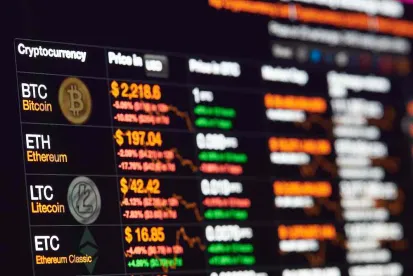Environmental, Social, and Governance
ESG, an acronym for Environmental, Social, and Governance, aims to establish an evaluation of companies’ social and environmental responsibilities. In so doing, it is very useful in helping “socially responsible investors” make their choice as to where to invest. In addition, environmental and social factors are becoming increasingly important in determining the value of a company where estimates of the value of global ESG assets exceed $53 trillion by 2025.
To evaluate the sustainability level, ESG reporting is widely adopted especially for the listed companies. However, due to the lack of data authentication, consistency, and transparency, the ESG-based sustainability evaluation is still inadequate. As the importance of ESG metrics increases, so does the demand for reliable data measuring them. With no industry-wide set of standards, however, they can be difficult to come by and the lack of verified and standardized ESG data can be a significant problem. To solve and overcome this problem, blockchain, and distributed ledger technology, in general, has the potential to provide a safe and transparent tool to overcome this obstacle.
Why Blockchain?
Blockchain works as an assurance of accuracy and transparency of data due to its tamper-resistant nature. It is a decentralized database of records, or “blocks,” which can only be updated once all the other blocks authenticate this change. This ensures the accuracy of the stored data.
Notably, a blockchain is designed to facilitate raw data authentication issues. It plays the role of a light node to transfer the data of smart infrastructure/devices to the blockchain network, which satisfies both privacy and transparency. Secondly, a smart contract mechanism is developed to verify the consistency between the raw data and the final ESG report. As mandatory corporate and sustainability reporting becomes more commonplace, accurate and verified documentation to support transparency will be key. Therefore, there are two key areas where blockchain can help with compliance with ESG standards: reporting of data, and supply chain transparency.
ESG Reporting
Access to accurate, standardized information is crucial. Blockchain-enabled reporting tools allow companies to collect verifiable data, and generate trustworthy reports that demonstrate their ESG credentials. Blockchain provides the platform needed to support data transparency, while also enabling data standardization. The automation of data collection can be supported with other digital technologies such as the Internet of Things (IoT), which makes it possible for various devices to communicate with each other and share data and information without the need for human intervention. Using blockchain as an infrastructure for this device-to-device communication ensures that all the data transferred between devices is genuine and above all, properly encrypted so that it cannot be altered without authorization.
In terms of reducing the carbon footprint globally, by reporting all their emissions through a single blockchain platform, companies can create a standardized space for data to be collected and tracked reliably, allowing for meaningful measurements.
ESG Supply Chain Transparency
Improving supply chain sustainability is an essential part of achieving the EU's sustainable goals. Blockchain technology shows the potential to reshape supply chain management. Using distributed ledger technology, the blockchain platform provides a digital system and database to record the transactions along the supply chain. This decentralized database of transactions brings transparency, reliability, traceability, and efficiency to supply chain management. Accordingly, using IoT, blockchain can automate data collection across different points of a company’s supply chain. The relevant data does not have to be sourced from potentially error-prone suppliers, and companies can therefore have a greater overview and control over their environmental impact. This automation and real-time availability of information can also help companies detect issues faster and reliably trace the problem back to the source.
Blockchain also plays a role in terms of responsible and ethical sourcing. The transparency it provides can be crucial in tracking the materials and goods from source to end-use and helps ensure security for all participants by allowing them to access the records of transactions at any time.
Conclusion
Blockchain is constantly expanding, and each year it finds more and more uses. It is a technology with far-reaching possibilities and at present, one of the most intriguing ones is the opportunity to help ESG reporting, as well as ESG supply chain tracking, become more transparent, standardized, and trustworthy. New blockchain use cases bring new legal challenges like IP rights, data privacy, liability in case of system malfunction, competition issues, and many more.




 />i
/>i
